#asia
Toyota Confronting Widespread Factory Stalls in Asia
Toyota Motor Corp is currently having to contend with idle factories in Asia, reducing the automaker’s estimated output by over 47,000 units this month. Shockingly, it’s not alleged to have anything to do with the semiconductor shortage that’s been wreaking havoc on Western markets.
With chip production having been localized primarily in China and Taiwan, Asian suppliers have had better access to them. But Eastern markets have still been subjected to other routine plant closures due to supply chain restrictions stemming from the pandemic. Existing protocols in China, combined with renewed restrictions in Japan, have created a situation impacting numerous automakers with Toyota announcing this week that it probably won’t reach its goal of manufacturing 9 million cars this year — though it made sure to include the ongoing semiconductor issue as relevant.
Ford Cancels EV Joint Venture With China's Zotye
Ford Motor Co. has decided against its plan to launch an electric vehicle joint venture with China’s Zotye Automobile. The American manufacturer confirmed the decision on Thursday, stating that the Chinese Communist Party (CCP) had made sweeping changes to its policies since the deal was initially agreed to in 2017.
Few specifics were given beyond that and Ford hasn’t indicated the move might suggest a retreat from the one-party socialist republic. Ford recently confirmed its plan to build Chinese versions of the all-electric Mustang Mach-E with Chongqing Changan Automobile Co. and maintains numerous joint ventures necessary to continue doing business inside Central Asia.
Jeep Easing Electrification Into Japanese Market, World to Follow
One of the main reasons Fiat Chrysler Automobiles is partnering with PSA Group is to help soften the financial blows of battery development, we literally just talked about it. But the French automaker has its own reasons for wanting to get into bed with the FCA, namely its rather diverse list of subsidiaries — with Jeep occupying spot número uno.
Despite being offensively American to some, Jeep is the sixth most-popular nameplate in the United States. It also happens to be world-renowned as an off-road brand and had made strong inroads in places you’d never expect. This has forced the brand to rethink its global appeal, requiring Fiat Chrysler to issue some market-specific models like China’s Jeep Commander PHEV and the Renegade 4xe — the latter of which is already sold in Europe and slated to launch this November in Japan. But these models are only the tip of the iceberg as FCA intends on meeting ever-tightening emissions regulations in major markets that aren’t the United States.
China Is Back, Baby! Quarterly Auto Sales up First Time in Two Years
With global economies suffering from pandemic-related lockdowns, there’s been just one question burning in the minds of economists: ‘When will Chinese automotive sales finally rebound so that the industry can once again feel comfortable enough to keep pouring resources into Central Asia?’
Now, apparently.
China’s car market just recorded its first quarter of year-over-year sales growth in two years, with last month’s volume rising 12.8 percent (vs 2019) to 2.57 million units, according to the China Passenger Car Association (CPCA). While its always wise to keep in mind that the nation has a history of obfuscating figures that might paint it in a bad light, CPCA has been slightly more consistent in its reporting than the China Association of Automobile Manufacturers (CAAM). Both outlets also have a tenancy to showcase blind optimism for the local economy, but there appears to have been good reason for that over the last five months.
Rare Rides: A Stylish and Tasteful Isuzu 117 Coupe From 1975
Rare Rides has already featured Isuzu’s mass-market successor to the 117, in the boxy and thoroughly Eighties Impulse. Let’s check out what Isuzu offered to its coupe customers a decade prior, when it aimed for a discerning, well-heeled customer.
Mitsubishi Puts Europe on Ice
Living in Europe and eager for the next generation of Mitsubishi products? You might end up waiting forever.
As part of a crash cost-cutting exercise designed to stabilize the storm-rocked company, the Japanese automaker has decided to reduce investment in under-performing markets while chopping fixed costs by one-fifth over the next two years.
In Europe, the brand could soon become a ghost. Mitsubishi has hit the stop button on any new product headed in that direction.
Rare Rides: The 1994 Subaru Vivio - Microscopic Convertible Fun for Four
Would you enjoy piloting a tiny car that combines sultry coupe styling with t-tops, a powered metal convertible roof, and room for four real adult-sized humans?
Look no further than the Subaru Vivio.
Subaru Extends Shutdown, Cites Unpredictable Chinese Supply Chains
Subaru is joining the long list of automakers closing shop on account of the coronavirus. Japanese production is being suspended at the automaker’s main plaint in the country’s Gunma prefecture from April 11th through the first of May. It’s also idling the Oizumi engine facility as it announces plans to extend the suspension of its U.S. facility in Indiana. The plant will now be idled through April 20th.
While some of the closures are due to social distancing obligations, the rest is down to parts allocation. Subaru is heavily reliant on components manufactured in China, and it’s still not clear how things are actually going there. What is clear is that Subaru (and plenty of other manufacturers) can’t do without its robust industrial sector operating at full strength. Subaru CFO Toshiaki Okada said in February that “it’s impossible to manufacture cars without China.”
Japan Readies Auto Industry for Coronavirus Complications
Yep, we’re still talking about the damned coronavirus. But how could we not, with the situation being obfuscated from all sides as the outbreak just seems to worsen? Both Japan and South Korea have reported their first deaths relating to the virus; meanwhile, the unsettling theory that 2019-nCoV was created in a Chinese laboratory has grown by leaps and bounds.
While the mainstream media has dismissed this as an unfounded conspiracy, loads of circumstantial evidence published by reputable sources leave one wondering. Our favorite is that the exotic meat market initially pegged as the disease’s point of origin was across the the street from (get this) a viral disease laboratory. Senator Tom Cotton (R-AR) has repeatedly pushed for the virus’ origin to be found, saying “We also know that just a few miles away from that food market is China’s only biosafety level 4 super laboratory that researches human infectious diseases,” only to be framed as an alarmist crank.
There was also a Chinese coverup (similar to SARS) that kicked off when police detained eight doctors in Wuhan for attempting to warn the public of a potential outbreak. The point here is that nobody seems ready to give (or even search for) answers in China. Naturally, this has left people confused and scared, rather than just scared.
Ford Still Can't Figure Out China, GM Similarly Vexed
Ford has struggled to improve market share in China for years now, as decades of economic growth made the region’s overwhelmingly large population too tempting for global manufacturers to pass up. But it hasn’t been an easy road for foreign automakers. Many entered the region saddled with a lack of brand awareness and were required to enter into joint ventures with Chinese firms to gain access (Ford has three). U.S. products have since faced additional scrutiny as American-Sino relations soured; at the same time, the whole of the market appears to be heading in the wrong direction.
While this hurt plenty of automakers that aren’t Ford, the Blue Oval has really taken it on the chin. The company reported a 26.1 percent sales decline for 2019, marking its third straight year of negative growth in China. At first blush, that may not appear relevant to what’s happening in the West. But Ford hasn’t seen its market share in the People’s Republic rise above 5 percent since 2008 (it’s about half that now), despite putting plenty of resources behind the project.
A Little Trouble in Big China? Tesla Prices Model 3 for Upmarket Tastes
Eager to minimize import costs, Tesla has made impressive progress laying down roots in China. The company secured a long-term lease on a 210-acre site near Shanghai in October of 2018. Ground was broken at the start of January, with the $5 billion facility estimated to begin producing cars as early as this November. While all of this effort was aimed at expanding the brand in Asia while minimizing costs, it’s not translating into a cheaper Model 3 for the Asian market.
Tesla, being Tesla, has decided to launch the Model 3 with a starting MSRP of $50,000. According to Bloomberg, that’s only 3 percent less expensive than the versions it had to ship across the ocean. Rather than attempting to build more budget-conscious variants, the automaker decided to offer all vehicles sold in China with Autopilot and additional standard content.
QOTD: Terrible Nineties Sports Car Design From Japan?
Today marks the final entry in our Question of the Day series discussing bad sporty car design from the Nineties. So far we’ve covered America and Europe, and we now finish up with poor sports car designs from Japan.
India: Counterpoint to Global Electrification
Last week we reported on the headway electric vehicles are making in the Netherlands, framing the situation as idyllic for EVs. Less picturesque for plug-in sales is India — a nation that has similarly attempted to encourage the proliferation of electric cars, but with unimpressive results. As it turns out, India makes a stellar counterpoint for worldwide electrification.
Based on the success EVs have seen over the last few years, you’d think the government was asking everyone to start eating hamburgers. Despite having a population of 1.34 billion people, with more of them becoming drivers every day, just 8,000 EVs have been sold in the nation over the last six years.
QOTD: Stunning Nineties Sports Car Design From Asia?
We return to our Nineties sports car design discussion this week. Previously, we covered America and Europe; this week we end on the continent which arguably provided the broadest variety of excellent car design in the decade — Asia.
India's Auto Market Also Sucks
We’ve spent the better part of 2019 describing how unwell the automotive markets of China, Europe and North America have become, which might accidentally lead some to believe that most other markets are performing better. While Brazil expects continued expansion and a presumably healthy 2019, its rosy outlook is unique.
Japan saw a modest decline in registrations (just 0.3 percent) through the first half of the year, while Russia recorded slippage of 2.4 percent. But figures from India were far worse. In fact, the country is looking at the biggest sales slump in almost twenty years. Early estimates suggest passenger vehicle registrations may have plunged as much as 30 percent in July, after falling 17.5 percent just a month earlier. Most annual outlooks forecast a double-digit decline in overall sales.





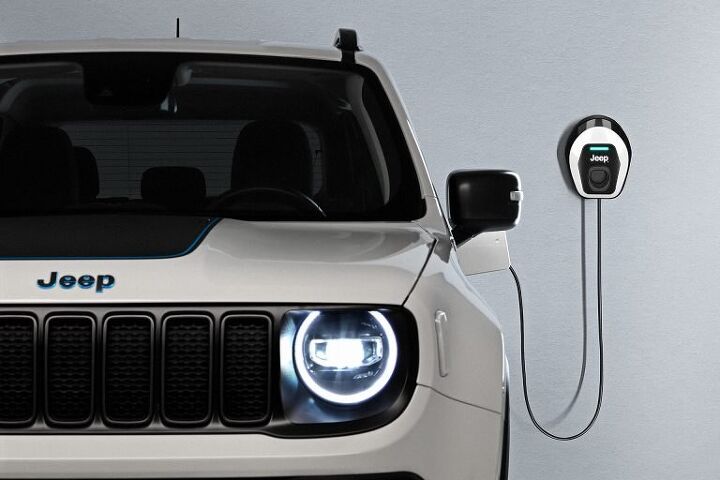



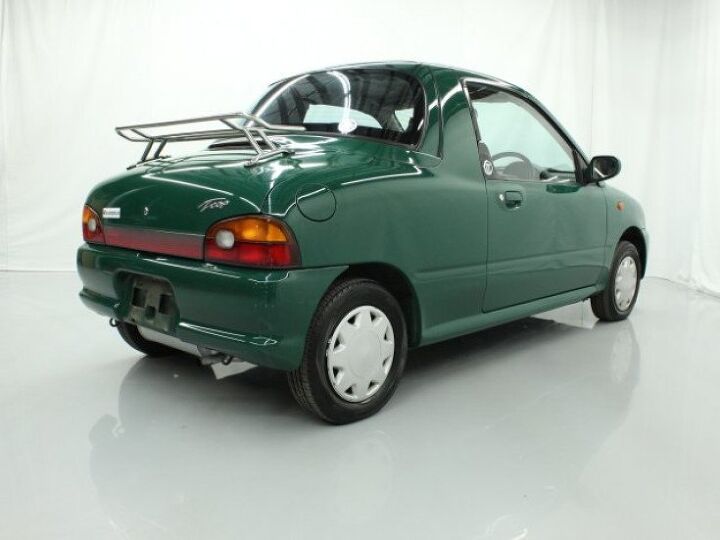

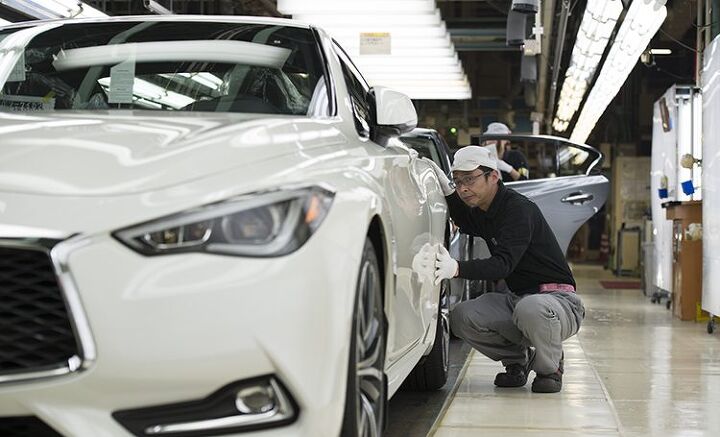
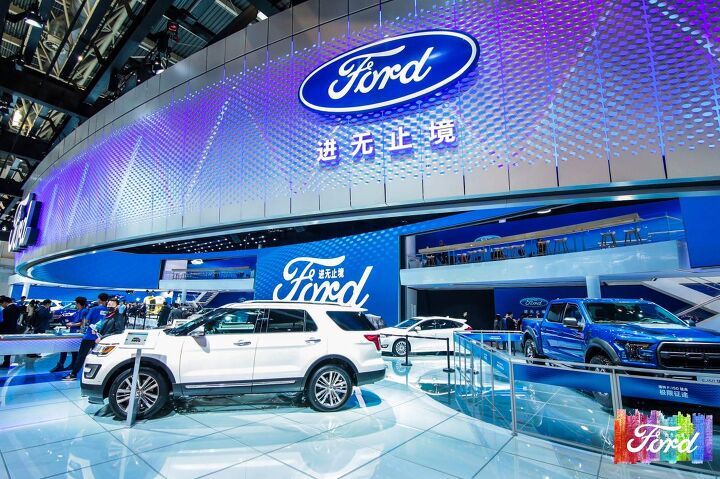
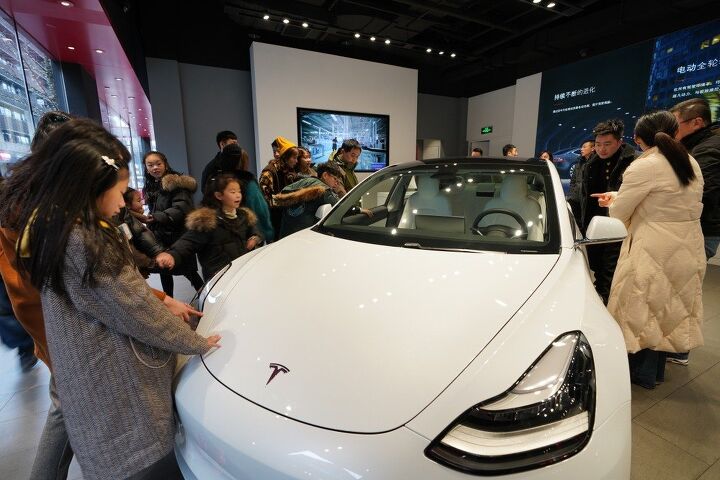


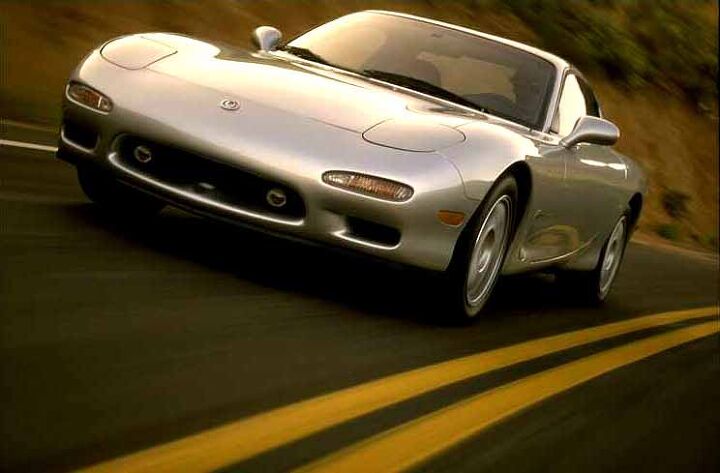













Recent Comments